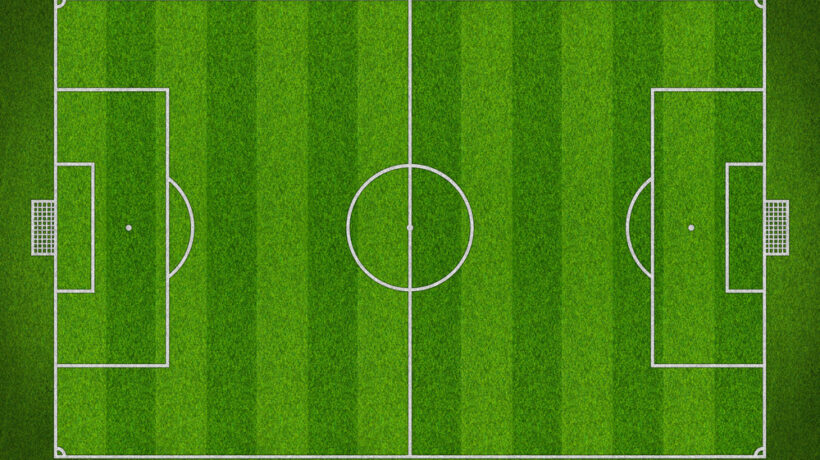
So you may have noticed that we at Coach Maker+ do not put any area sizes on our session plans. There is a very good reason (or 3!) for this:
- Many sessions work for a variety of age groups therefore area size will differ. I still love playing the “Win both to Win” game in our library but the pitch dimensions have grown (and then shrunk again!) as I’ve grown older.
- Each area size has a different return physically so you may do the same session twice with very different area sizes as you may want different returns for your players physically.
- All of our sessions can be manipulated to add or remove players, which affects the area size. If one of our animations is shown with 2v2, it will still work well with a 3v3 or 4v4 depending on your numbers attending your sessions. We aim to provide flexibility for coaches for follow a session idea.
A bit of context first…
During this blog we will focus on the very ends of a continuum – the small area vs large areas – however you as coaches will work along the continuum depending on what you want on the outcome of the session.
We are also factoring in that the coaches reading this will work with varying age groups so rather than exact dimensions – i.e. 40m x 40m, 10m x 10m etc. – we will work with pitch areas – i.e. full size, half pitch etc. This will allow the advice to carry over into various age groups.
Large Areas
First off let us look at the benefits of working in a larger area:
- Allows for greater sprint distance
- Encourages longer passing for increased ball striking distance
- Gives players space to run beyond defenders
- More thinking/scanning time for players
- Increased running or travelling with the ball (not dribbling this is done in tighter areas between or round more defenders)
- Can use exact dimensions or marking for highly transferable development into the game.
As you can see from the above there are lots of benefits for working in larger areas. When we talk about larger areas we are talking about using full pitch (with our normal game formats – 7v7, 11v11 etc – or less players) or half pitches (with half of our normal format size in the area – 2v2, 3v3, etc. – up to 6v6 maximum depending on game format).
Often as coaches we are concerned to make the areas too big for our players as its “unrealistic”. However, here are some of screenshots taken from live games below there are often times where you have low numbers (2v2 or 3v3) in half a pitch:
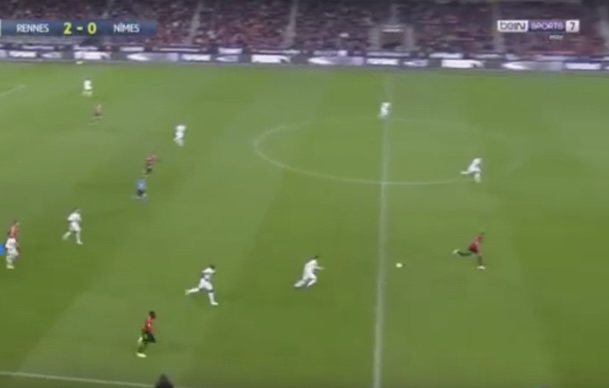
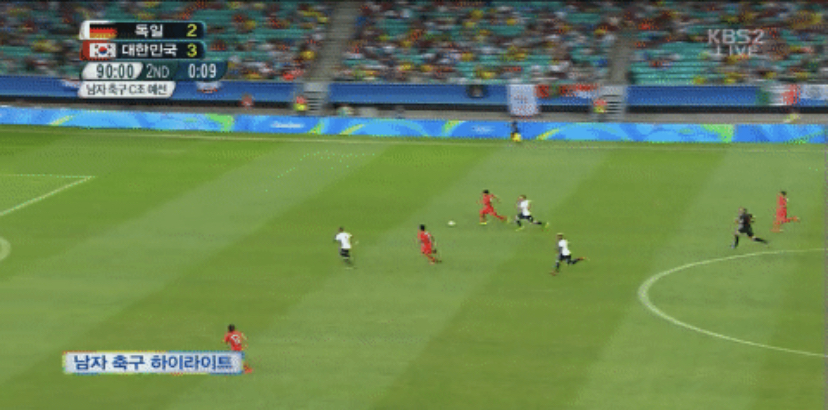
Let’s not be afraid to set up scenarios where players are working in these areas and give them opportunities to find solutions.
Small Areas
Again lets be positive
- Increased amount of short sprints and stopping repetition
- Less time to make decisions thus really working on scanning skills
- More body contacts due to shielding opportunities
- Working on dribbling skills or ability to create space for a pass, by performing ball manipulations
- High technical repetition – receiving, passing, dribbling – as players get more touches in smaller areas.
- Increased number of actions per player allowing for more opportunities to develop
Again above there are lots of positives for work in tighter areas. In our opinion tighter areas are where you would play your usual game format – 5v5, 9v9 etc. – in half the space or even less.
Remember the Italian teams of years gone by holding onto a 1-0 lead or Mourinho’s Inter Milan playing on the counter. They would often have 10 or all 11 players in a third of the pitch for the opponents to break down.
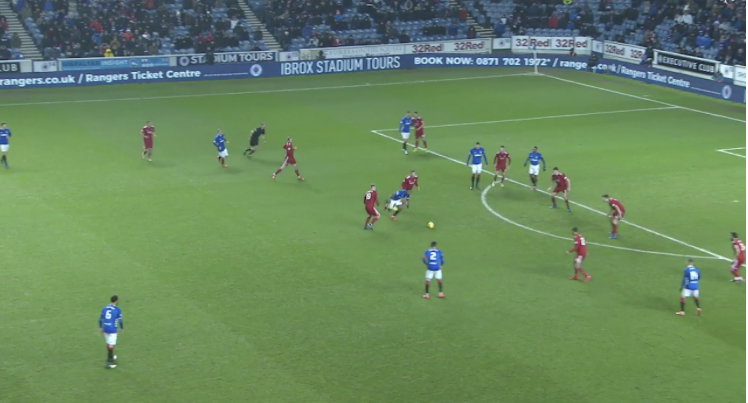
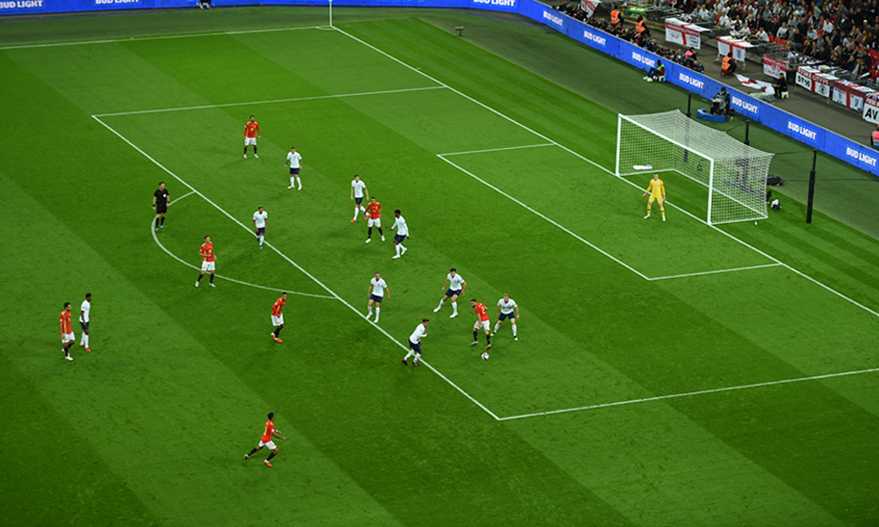
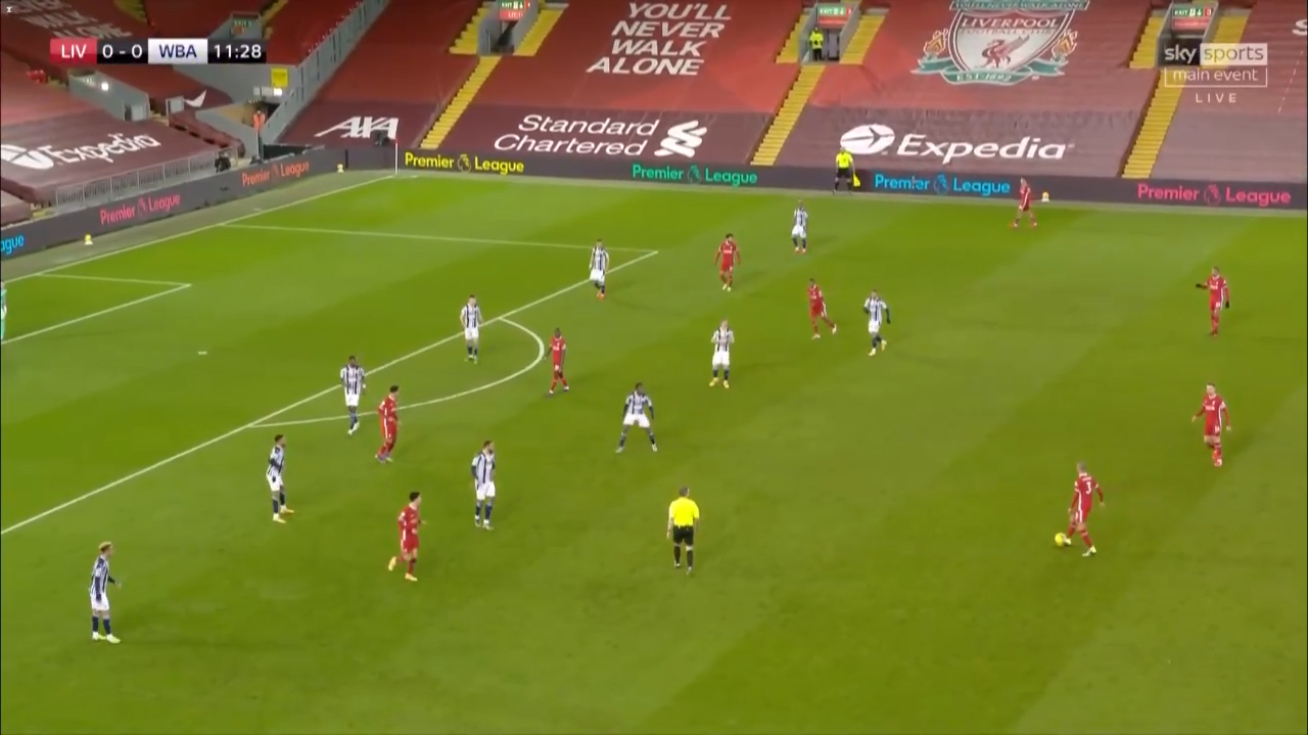
How often do we replicate this as coaches? We often try and keep away from it because it may start off looking messy or because we don’t get the success that we are after for our topic. We always stop it and open up the space. However what if (and it takes a brave coach to do it) we let it run for longer or repeat it even if the players didn’t work out the problems before. What if we give our players support to solve the problems and give them repetition at solving it. They may well just be able to do it if we trust them and support them.
In conclusion
The players are yours and no coach reading this will have the same group make up. The reason we don’t put sessions dimensions on is simple – we want you to use whatever you think will work best based on the outcomes you want. If you want a different outcome during the session or it’s not working then depending on the reason its not working change it or be brave to let your players figure it out with your support.